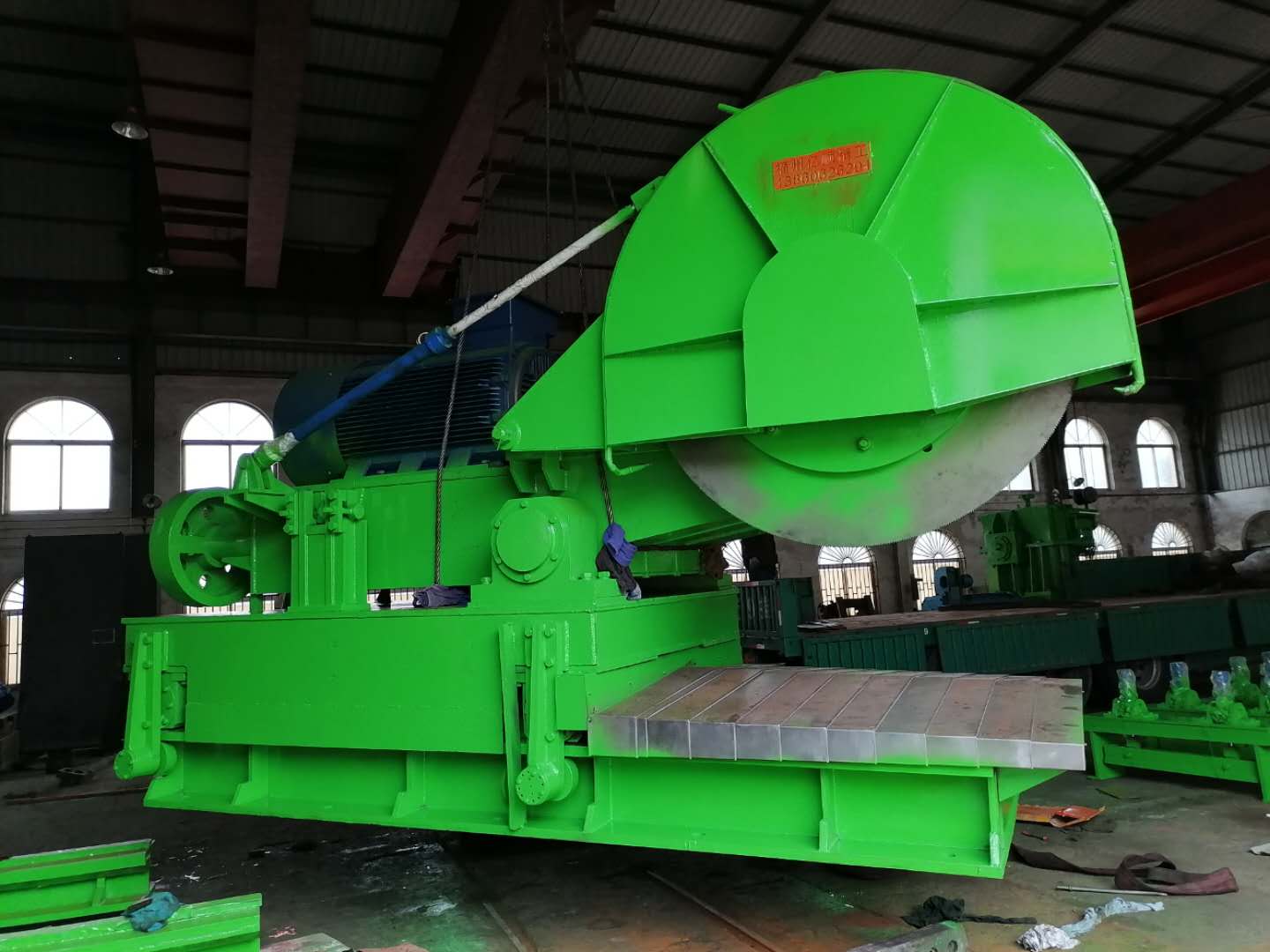Your location:Home > Information dynamic
> Industry dynamics
What are the roller tracks in the rolling mill production line?
Source:www.fhytrip.com Release time:2025/5/8 16:44:06
In modern industry, a rolling mill is a mechanical equipment used to complete the metal rolling process. As long as it operates at room temperature, the rolling mill can process steel plates or strips into various types of steel. Moreover, the structure of the rolling mill is relatively simple, including rollers, roller bearings, frame, rail seat, roller adjustment equipment, upper roller balancing equipment, and roller changing equipment.
Compared to some traditional industrial equipment, rolling mills can also exhibit the advantages of fast forming speed and high output value, without damaging the coating, and can be made into various cross-sectional forms to meet different requirements. There are two types of rolling mills: cold rolling and hot rolling. Cold rolling can cause significant plastic deformation in steel, thereby increasing its yield point.
Rolling mills can be used independently or as part of a production line. When the rolling mill runs through the production line, the roller conveyor becomes an important equipment for completing the mechanization of production, especially in the production units of profiles and bars. Roller conveyors are common equipment in the production of the entire rolling mill because each section has a roller conveyor.
Since the roller conveyor is a device with a large quantity on the steel rolling production line, its failure rate is also very high. Due to the continuity of production on the rolling mill, if any roller conveyor on the rolling mill production line does not rotate, it will cause intermittent production. Therefore, it is necessary to regularly inspect the roller conveyor and promptly eliminate its faults.
In the past, in some medium-sized and above rolling mill production lines, the umbrella gear transmission roller supported by traditional bearing seats was commonly used. However, the rolling mill shutdown rate caused by this was very high because such tracks did not have a variable speed mechanism. After improvement, the roller conveyor on the rolling mill production line can rely on the connection of universal shafts and variable frequency motors to achieve transmission, greatly reducing the failure rate and downtime rate.
Compared to some traditional industrial equipment, rolling mills can also exhibit the advantages of fast forming speed and high output value, without damaging the coating, and can be made into various cross-sectional forms to meet different requirements. There are two types of rolling mills: cold rolling and hot rolling. Cold rolling can cause significant plastic deformation in steel, thereby increasing its yield point.
Rolling mills can be used independently or as part of a production line. When the rolling mill runs through the production line, the roller conveyor becomes an important equipment for completing the mechanization of production, especially in the production units of profiles and bars. Roller conveyors are common equipment in the production of the entire rolling mill because each section has a roller conveyor.
Since the roller conveyor is a device with a large quantity on the steel rolling production line, its failure rate is also very high. Due to the continuity of production on the rolling mill, if any roller conveyor on the rolling mill production line does not rotate, it will cause intermittent production. Therefore, it is necessary to regularly inspect the roller conveyor and promptly eliminate its faults.
In the past, in some medium-sized and above rolling mill production lines, the umbrella gear transmission roller supported by traditional bearing seats was commonly used. However, the rolling mill shutdown rate caused by this was very high because such tracks did not have a variable speed mechanism. After improvement, the roller conveyor on the rolling mill production line can rely on the connection of universal shafts and variable frequency motors to achieve transmission, greatly reducing the failure rate and downtime rate.
Prev:
How to choose reliable steel rolling equipment?
Next:
The principle and application of steel mill pushi…





